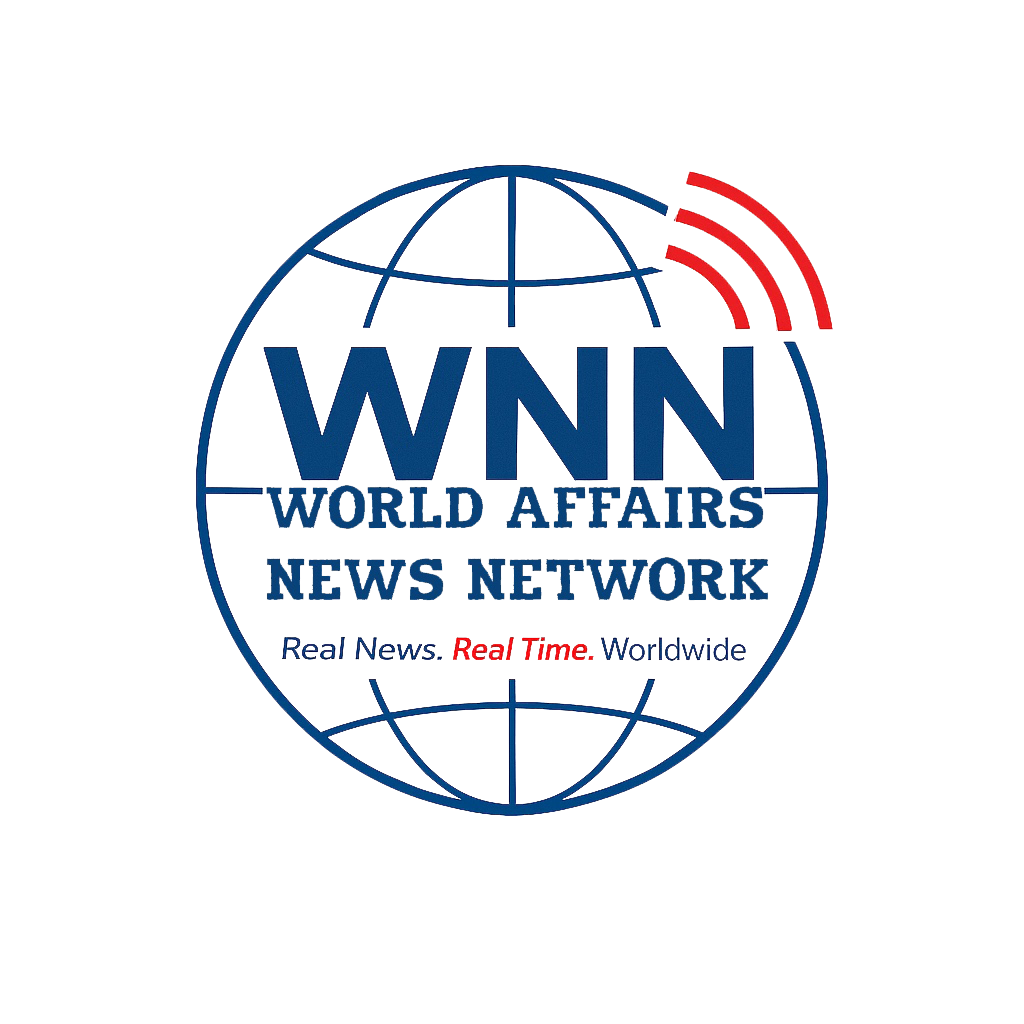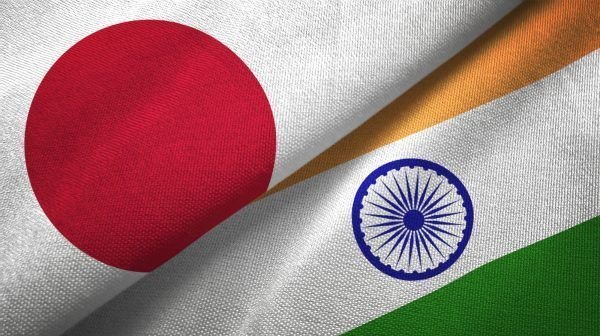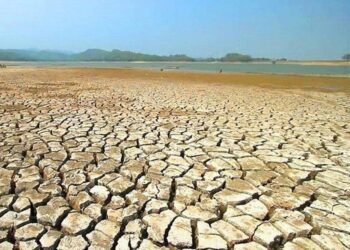NEW DELHI: India stands at a moment of reckoning. Prime Minister Narendra Modi’s back-to-back visits to China, Japan, and Russia may look like routine diplomacy, but they are in fact high-stakes crisis management. The urgency stems from Washington, where Donald Trump’s tariff war has shaken India’s economic core.
The U.S., India’s largest trading partner, has raised tariffs on Indian exports by as much as 50%, disrupting an annual trade relationship worth over $190 billion. What appears on paper as a budgetary adjustment in Washington is, in reality, a body blow to New Delhi’s growth engine.
No sector feels this sharper than textiles. Mills in Tiruppur, Surat, and Panipat, lifelines for India’s $16–18 billion U.S. exports, now face an existential squeeze. Countries like Vietnam, Bangladesh, and Mexico, with cheaper labor and friendlier trade access, are eating into orders once guaranteed for India.
Manufacturers are even exploring relocation abroad, a move that undermines Modi’s “Make in India” campaign. The fallout could mean mass layoffs, broken supply chains, and a reluctant but urgent pivot toward Europe, the Middle East, and Africa. Survival, not expansion, is now the watchword.
This is not just about trade. Since the Cold War, India’s slow but steady tilt toward Washington rested equally on commerce and shared security interests. Today, that foundation looks unsteady. Modi’s whirlwind diplomacy is less ceremonial than strategic recalibration. The message is clear: India will not allow itself to be boxed in.
Japan was the first and perhaps the most vital stop. Tokyo has pledged nearly $68 billion in long-term investments in technology, infrastructure, and transport, with Suzuki’s $8 billion expansion serving as the headline. But the deeper play is in critical minerals. With China producing 60% of the world’s rare earths, Japan remains dangerously dependent on imports. India, sitting on untapped deposits, sees an opening.
Together, Delhi and Tokyo aim to build alternative supply chains that reduce Beijing’s grip. Their partnership is also anchored in shared security anxieties—militarization in the Indo-Pacific, fragile sea lanes, and the urgent need for clean energy transitions. Japan’s billions, arriving even as Washington slams India with tariffs, are more than investment. They are a vote of confidence. For Modi, that is a diplomatic win: proof that India’s future cannot be written off.
Beijing was the most politically fraught stop. Modi had not visited China since before the deadly Galwan Valley clashes of 2020. Border disputes along the Line of Actual Control remain unresolved, but trade compels engagement. Bilateral trade hit $135 billion last year, skewed five-to-one in China’s favor. From electronics to pharmaceuticals, India remains tied into Chinese supply chains.
Recent Chinese overtures loosening fertilizer exports, resuming direct flights, reopening border trade suggest a tentative thaw. Yet mistrust lingers. India remains in the Quad, has rejected Beijing’s Belt and Road Initiative, and is deepening ties with Washington and Tokyo. Modi’s trip was not reconciliation; it was leverage. Keeping Beijing at the table is New Delhi’s way of signaling to Washington: tariff hostility comes with strategic consequences. Some analysts argue India may even reconsider joining the China-backed RCEP, the world’s largest trade bloc covering 30% of global GDP. India walked away in 2019 over fears of Chinese dominance, but the option of re-entry is now a bargaining chip.
Moscow, the last stop, was about history and necessity. Russia is still India’s main arms supplier and, since Western sanctions, a vital oil partner. Discounted Russian crude has softened India’s import bill, though it has irked Western allies. Yet Russia today has less to offer. Its war-drained economy provides neither Japan’s investment nor China’s trade integration. Modi’s task is delicate assure Moscow of enduring friendship while avoiding secondary sanctions from the West. Russia remains less a growth partner than a reminder of old loyalties and strategic ballast.
Across all three stops, the underlying theme is unavoidable: trade itself has become a weapon. Trump’s tariffs expose India’s vulnerability to U.S. market shifts. The World Bank warns a 10% tariff increase on Indian imports could shave 0.5 percentage points off GDP growth. For a nation chasing a $5 trillion economy by 2027, that is a staggering cost. History offers precedents. The U.S.–Japan trade wars of the 1980s, China’s pivot to Africa and Latin America in the 2000s—each demonstrates how nations respond when markets turn hostile. For India, diversification is not a strategic choice; it is survival.
That lens explains Modi’s Asian detour. Japan’s capital, China’s cautious engagement, and Russia’s old ballast together send Washington a message: India has options. The risk, of course, is overextension. Juggling Tokyo, Beijing, Moscow, and Washington could leave New Delhi satisfying none. Japan seeks security commitments, China wants concessions, Russia craves loyalty, and Washington bristles at hedging. Yet one fact remains: in a world where tariffs are weapons and alliances shift with elections, India cannot afford to lean on a single pole. Modi’s diplomacy is resilience in action a bid to keep India afloat, relevant, and strong amid converging economic shocks and geopolitical rivalries.
Whether it secures breathing space or opens new dilemmas will shape not only Modi’s legacy, but India’s future as a rising power.
A Timely Japan Visit
Prime Minister Modi is now set to embark on his first standalone visit to Japan in nearly seven years for the 15th India-Japan Annual Summit. It will be his eighth trip to Japan, and the first with Prime Minister Shigeru Ishiba. The two leaders last met in June 2025 on the sidelines of the G7 in Kananaskis, Canada, and during the ASEAN-India Summit in Laos. Tokyo’s Foreign Ministry confirmed that Ishiba will host Modi for talks, a working dinner, and a joint visit to Miyagi Prefecture. The agenda is ambitious: reviewing the Special Strategic and Global Partnership across defense, trade, technology, and people-to-people ties, while aligning positions on regional and global issues.
Foreign Secretary Vikram Misri emphasized that India and Japan’s bond—rooted in civilizational ties and elevated since 2014—has grown in scope and ambition. From Quad cooperation to supply-chain resilience, from climate initiatives to prefecture-level partnerships, the arc of cooperation is broad. Japan, India’s largest ODA donor, continues to anchor India’s Indo-Pacific outreach.
As Misri put it: “India and Japan are Asia’s two leading democracies and among the world’s top five economies. The visit will consolidate our long-standing friendship, open new avenues of cooperation, and reaffirm our shared commitment to peace, prosperity, and stability in the Indo-Pacific and beyond.”
From there, Modi will head to China for the Shanghai Cooperation Organisation Summit in Tianjin—a reminder that his Asian diplomacy is not a detour, but a full-throttle recalibration in a turbulent world.
– Dr. Shahid Siddiqui; follow via X @shahidsiddiqui
WATCH, LIKE AND SUBSCRIBE CHANNEL FOR GLOBAL NEWS





















